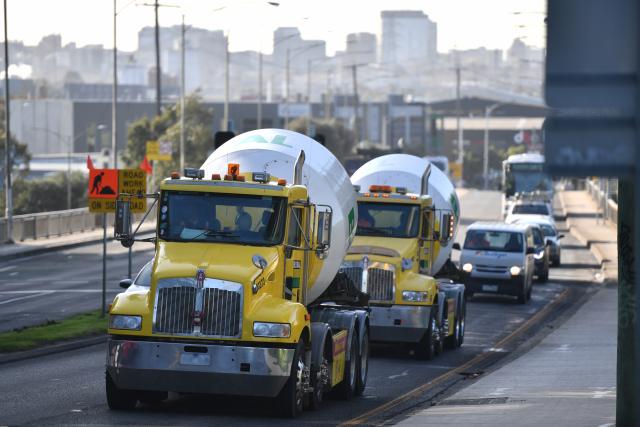Diesel trucks older than 19 years should be banned from Melbourne roads by 2025 to slash exhaust pipe pollutants entering the city’s air via the implementation of a low-emission zone, according to a Grattan Insitute report.
Released late last month, ‘The Grattan truck plan: practical policies for cleaner freight’ report highlighted that exhaust pipe pollutants kill more than 400 people across the country each year, contributing to a number of diseases including lung cancer, stroke, heart disease, pneumonia, asthma and type-2 diabetes.
Report lead author and Grattan Institute transport and cities program director Marion Terrill said more needed to be done to reduce the overall level of air pollution from Australia’s truck fleet.
“The work that trucks do is crucial for our economy and way of life, but we must do more to limit the harm they cause to our health and environment,” she said.
According to the report, 14 per cent of the Australian truck fleet was pre-1996, with these trucks emitting 60 times the amount of particulate matter of a new truck and eight times the amount of poisonous nitrogen oxides.
Maribyrnong Truck Action Group president Martin Wurt said the recommendations outlined in the report were welcome, such as the introduction of low-emission zones in Melbourne, where trucks and buses sold before 2003 would be banned.
“The actual health impacts in Maribyrnong are extreme,” he said.
“These changes are a simple and easy way forward.
“We feel like our cries have been falling on deaf ears.”
Hospitalisation rates across Maribyrnong and Hobsons Bay in 2020 exceeded the national average in cases of heart failure and asthma, while premature mortality in Maribyrnong and Hobsons Bay due to respiratory system disease was also above the national average.
Austroads’ ‘Options for Managing the Impacts of Aged Heavy Vehicles’ report also endorsed the introduction of low-emission zones in urban areas.







